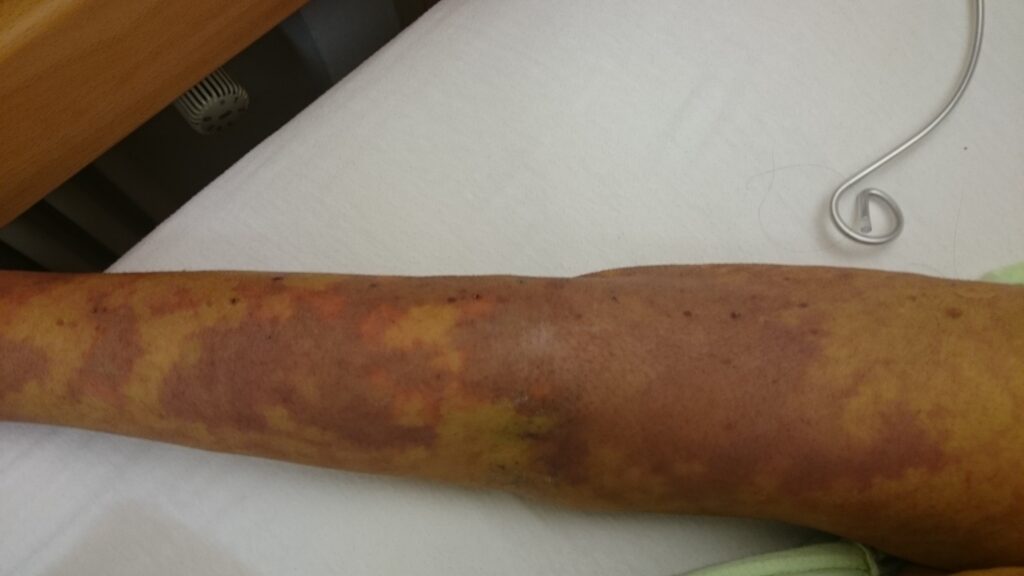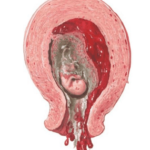Bacteroides septicemia, a severe bloodstream infection caused by Bacteroides species, presents significant challenges in clinical settings due to its high morbidity and mortality rates. Understanding the intricacies of this condition is vital for prompt diagnosis and effective management.

What is Bacteroides Septicemia?
Bacteroides septicemia is a condition where Bacteroides bacteria, primarily found in the human gut, enter the bloodstream, causing systemic infection. These anaerobic, gram-negative bacteria are a natural part of the gut microbiota but can become pathogenic when they breach mucosal barriers, often due to trauma, surgery, or underlying diseases.
Key Characteristics of Bacteroides Bacteria:
- Anaerobic nature: Thrive in oxygen-deprived environments.
- Lipid-rich cell walls: Contribute to antibiotic resistance.
- Endotoxin production: Trigger inflammation and septic responses.
Symptoms of Bacteroides Septicemia
Recognizing the clinical presentation is crucial for early intervention. Common symptoms include:
- High fever and chills
- Hypotension
- Tachycardia
- Altered mental status
- Abdominal pain (in cases of intra-abdominal origin)
- Signs of localized infections such as abscess formation
Risk Factors
Certain conditions and events increase susceptibility to Bacteroides septicemia:
- Abdominal trauma or surgery: Disruption of the gut mucosal barrier.
- Immunosuppression: Includes chemotherapy, organ transplants, or HIV/AIDS.
- Chronic diseases: Diabetes, cancer, or inflammatory bowel diseases.
- Prolonged hospital stays: Especially in intensive care units.
Pathogenesis
The pathogenesis involves the translocation of Bacteroides from their usual habitat to sterile sites, followed by systemic dissemination. This triggers a host immune response, leading to widespread inflammation and septic shock.
Diagnosis
Timely diagnosis requires a combination of clinical evaluation and laboratory investigations:
- Blood cultures: To identify the causative organism.
- Imaging studies: CT or MRI to detect abscesses or other sources of infection.
- Biomarkers: Elevated levels of C-reactive protein (CRP) and procalcitonin.
Treatment Strategies
Effective treatment involves:
Antibiotic Therapy
- Empiric antibiotics should cover anaerobes, with adjustments based on susceptibility testing.
- Commonly used antibiotics:
- Metronidazole
- Carbapenems
- Beta-lactam/beta-lactamase inhibitors
Surgical Intervention
- Drainage of abscesses or debridement of infected tissues may be necessary.
Supportive Care
- Fluid resuscitation and vasopressors for hypotension.
- Monitoring and managing organ dysfunction.
Prevention
Preventive measures focus on reducing risk factors:
- Aseptic techniques: During surgeries and medical procedures.
- Prompt treatment of infections: To prevent systemic spread.
- Antibiotic stewardship: To minimize resistance development.
Prognosis
The prognosis depends on early diagnosis, prompt treatment, and the patient’s overall health. While mortality rates remain high in severe cases, advancements in medical care have improved outcomes.
MYHEALTHMAG

